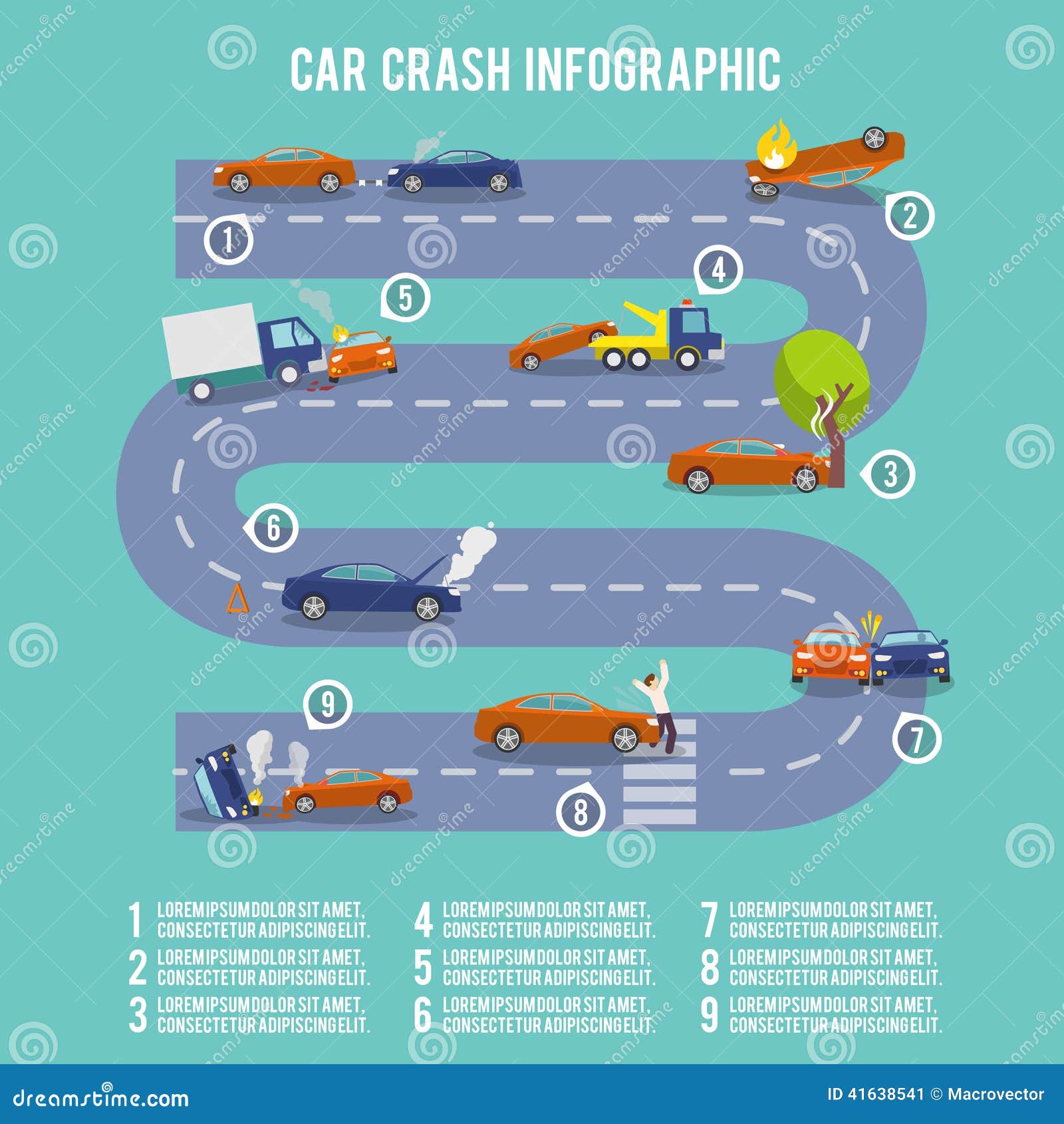Comprehending The Definition Behind Your Car'S Warning Lighting: An In-Depth Look
Comprehending The Definition Behind Your Car'S Warning Lighting: An In-Depth Look
Blog Article
Web Content Produce By-Vinson Shepherd
When you're behind the wheel, those glowing warning lights on your control panel can be a little bit complicated. Do you recognize what they're trying to inform you concerning your car's health? Comprehending the relevance of these lights is important for your safety and the long life of your vehicle. So, the following time among those lights appears, wouldn't you want to understand its message properly and take the necessary actions to address it?
Common Caution Lights and Interpretations
Identify typical caution lights in your car and recognize their definitions to guarantee secure driving.
One of the most normal warning lights include the check engine light, which indicates issues with the engine or discharges system. If this light begins, it's essential to have your car examined quickly.
The oil stress warning light shows low oil pressure, needing prompt focus to stop engine damages.
cleaning cars flashing battery light may recommend a malfunctioning charging system, potentially leaving you stranded if not attended to.
The tire pressure tracking system (TPMS) light notifies you to low tire pressure, impacting automobile security and gas performance. Neglecting this might lead to risky driving problems.
The ABS light shows a problem with the anti-lock braking system, endangering your ability to stop rapidly in emergency situations.
Finally, the coolant temperature level warning light warns of engine overheating, which can lead to serious damage if not dealt with promptly.
Recognizing these typical caution lights will certainly aid you address issues quickly and preserve secure driving conditions.
Value of Prompt Focus
Recognizing the common caution lights in your automobile is only the primary step; the significance of without delay addressing these warnings can not be emphasized enough to guarantee your safety when driving.
When a caution light illuminates on your control panel, it's your automobile's way of connecting a potential concern that requires attention. Disregarding these cautions can lead to much more severe troubles down the road, jeopardizing your safety and security and possibly costing you much more in repairs.
Trigger attention to cautioning lights can avoid break downs and mishaps. As an example, a flashing check engine light could indicate a misfire that, if left neglected, can trigger damages to the catalytic converter. Resolving this promptly can save you from an expensive repair work.
In a similar way, a brake system cautioning light may signal low brake liquid or used brake pads, critical elements for your security when driving.
DIY Troubleshooting Tips
If you notice a warning light on your dashboard, there are a few DIY fixing pointers you can try prior to seeking expert help.
The initial step is to consult your auto's guidebook to recognize what the specific warning light shows. Occasionally the concern can be as straightforward as a loosened gas cap causing the check engine light. Tightening the gas cap might deal with the issue.
One more common issue is a reduced battery, which can cause various alerting lights. Examining the battery connections for deterioration and guaranteeing they're safe and secure might deal with the issue.
If a caution light continues, you can try resetting it by detaching the car's battery for a couple of mins and afterwards reconnecting it. Furthermore, inspecting https://www.kbb.com/car-advice/catalytic-converter-theft/ , such as oil, coolant, and brake fluid, can help troubleshoot warning lights related to these systems.
Conclusion
To conclude, recognizing your car's warning lights is important for keeping your lorry running smoothly and securely. By without delay addressing these signals and understanding what they indicate, you can stay clear of pricey repairs and potential failures.
Remember to consult your vehicle's handbook for specific information on each warning light and take action appropriately to make certain a trouble-free driving experience.
Keep informed, stay safe when traveling!
